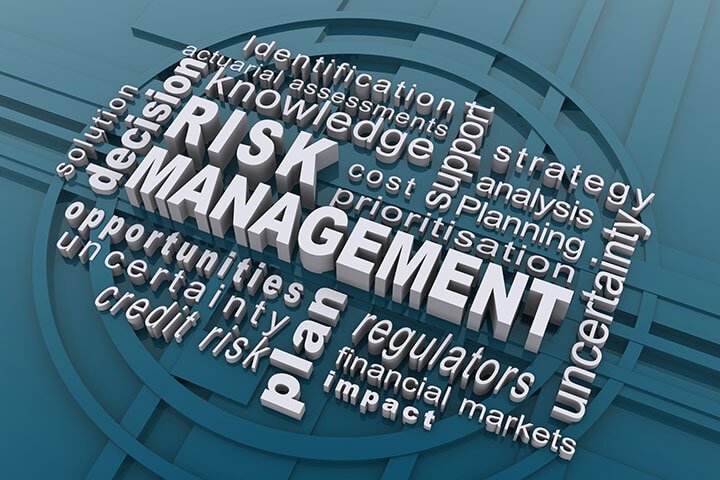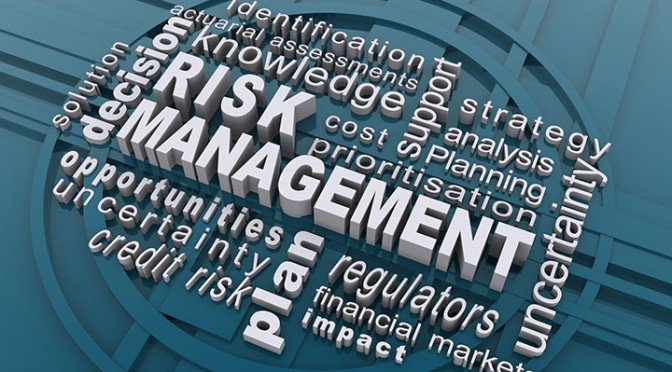The responsibility to ensure that employees have comprehensive health and safety protection rests on the shoulders of the company. Failure to fulfil that responsibility can result in prosecution, fines and significant reputational damage. In fact, according to the most recently collected data, workplace injuries and ill health cost the British economy £14.2 billion from 2012-2013. To avoid incurring some of that cost, your organisation should consider incorporating regular health and safety audits.
Health and safety audits allow companies to take an in-depth look at potential hazards that employees and customers may be exposed to. In addition, audits are effective in determining what preventive measures have been taken to reinforce safety. This type of comprehensive review is valuable as it ensures that your company is prepared and protected from potential legal repercussions.
When preparing to conduct a health and safety audit, a company has two options:
- Have one or more employees certified in safety management.
- Hire an auditor.
Bollington's specialist risk management team can help with these requirements. Contact us on 01625 854300 if you wish to discuss this.
Regardless of whether the audit is being conducted in-house or by a certified third party, there are six best practices that your company should adopt to minimise health and safety risks.
- Make safety a focus within the workplace, and reinforce that with a zero-tolerance policy regarding actions that promote or encourage unnecessary risks.
- Regularly review and update the company’s documented health and safety policy and procedures. In addition, ensure that copies of the policy and the procedures are easily accessible to all staff members.
- Document each potential risk that both employees and customers could be exposed to, along with what steps have been taken to mitigate these risks.
- Regularly conduct a comprehensive series of risk assessments, record the findings and take action to shore up any identified deficiencies.
- Clearly define and outline the responsibilities of each employee in the company’s documented health and safety policy and procedures.
- If an incident is to occur, regardless of severity, it should be reported in a timely manner to the appropriate senior-level manager within the company.
By following these best practices, your company is making a long-term commitment to health and safety for its employees, investors and customers








